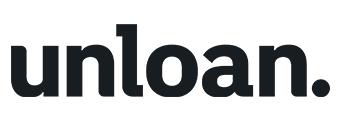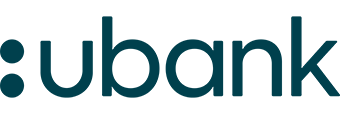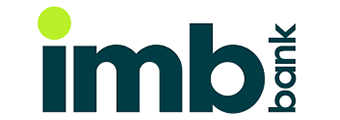Fact Checked
July Home Loan Market Update
It’s set to be a happy start to the new financial year for mortgage-holders, with the RBA widely expected to cut the cash rate by a further 0.25%.
The economic eggheads at each of the big four banks (CommBank, Westpac, NAB and ANZ) are all in agreement that the cash rate will fall to 3.60% on the 8th of July.
Meanwhile, financial markets have fully priced-in a cut this month, with the ASX RBA Rate Indicator putting expectations at 100% (as at 2 July).
Of course, nothing’s ever a certainty when it comes to the RBA - its Governor, Michelle Bullock, could well play party-pooper if she deems there’s not enough data to support the case for a cut.
But assuming the cut goes ahead, the average owner occupier home loan rate would likely fall to 5.50% p.a.
On the average $660,000 30-year home loan, that would see the minimum monthly repayment drop by about $100, saving the typical household $1,200 a year.
Tallied up with the February and May rate cuts, it’d be a saving of more than $300 per month, or $3,600 per year.
Sounds great, until you remember that even after those cuts, the typical household would still be paying $1,300 more per month than if they were on one of those 2% p.a. rates lenders were offering back in 2021. What a time that was!
Meanwhile, fixed rates continue to be cut as lenders price in the higher odds of further rate cuts in the future. Early this month, we saw ANZ cut fixed rates by up to 35 basis points.
We’re now starting to see 2- and 3-year fixed home loan rates that start with a ‘four’, with Regional Australia Bank, Bank Vic and Greater Bank recently joining the sub-4% club.
But with the RBA expected to drop the cash rate three to four more times over the next six months, it mightn’t be long until the typical variable rate starts with a ‘four’ - so think twice before you lock in.
Home Loan FAQs
A home loan is a sum of money that's borrowed from a lender to finance the purchase of a home or investment property. The borrower repays this debt with interest in regular instalments over an agreed term, typically 25-30 years. To provide the lender with security, the property is held by the lender as collateral until the loan is paid off - an arrangement known as a mortgage.
The principal amount is the amount you borrow from the lender, and pay back over time - plus interest. Your repayments typically include both principal and interest payments (unless it's an interest-only loan).
- Make more frequent weekly or fortnightly repayments
- Make extra repayments
- Consider refinancing your home loan to a lower interest rate
- Consider an offset account
- Pay off the principal
Equity in a home is the difference between the value of your home and how much you owe on the mortgage. For example, if your property is worth $500,000 and you still owe $300,000, your equity is $200,000. Our equity calculator can help you work out how much equity you have in your property.
The home loan application process can be quite lengthy but isn't too complicated. It will generally involve the following steps:
- Save for a deposit
- Find your perfect home or getting pre-approval first
- Gather your required documents
- Compare home loan providers
- A preliminary assessment by the lender
- Submit your application to the lender
- The lender completes a property valuation
- The lender approves or rejects the loan
- The lender sends you an offer
- The loan is settled and the funds are advanced to you.
Read our home buying checklist for a complete breakdown of everything you need to know.
Fixing your home loan can be good for those who need cash flow certainty, which is why many investors and first-time buyers choose them. If interest rates are very low, locking in that low rate before they rise can be a good idea. However, that can also backfire if interest rates drop even further, as those changes only apply to variable home loans, not fixed home loans. It can also be harder to repay a fixed loan early as you will have to pay significant break costs for terminating the fixed-rate period.
If your current lender can't offer you what you need anymore, it may be time to refinance your home loan. Shop around and compare new home loans, calculate the costs of switching and consider the length of the new loan. Once you’ve found the ideal loan, apply through the lender and exit your old home loan.
A comparison rate helps you work out the true cost of a loan by combining the interest rate plus a number of fees and charges you can expect to pay over the life of the loan into a single percentage figure. If there is a big difference between the advertised rate and the comparison rate on a product, it probably means there are significant establishment or account-keeping fees.
How much you can borrow for a home loan will depend on many factors such as your income, your savings history, your monthly living expenses, and any outstanding debt you may have. However, it is generally recommended that you borrow no more than 80% of the value of the property, meaning you must have at least a 20% deposit saved. Use our calculator to work out how much you can borrow.
A redraw facility is a home loan feature that allows borrowers to withdraw extra repayments they have made on their home loan. Redraw facilities are useful if you want to reduce your loan amount as quickly as possible, while being able to access those funds at some point in the future should a financial emergency or other situation arises where you may need that money (like a renovation).
Chat with AI about this page
















